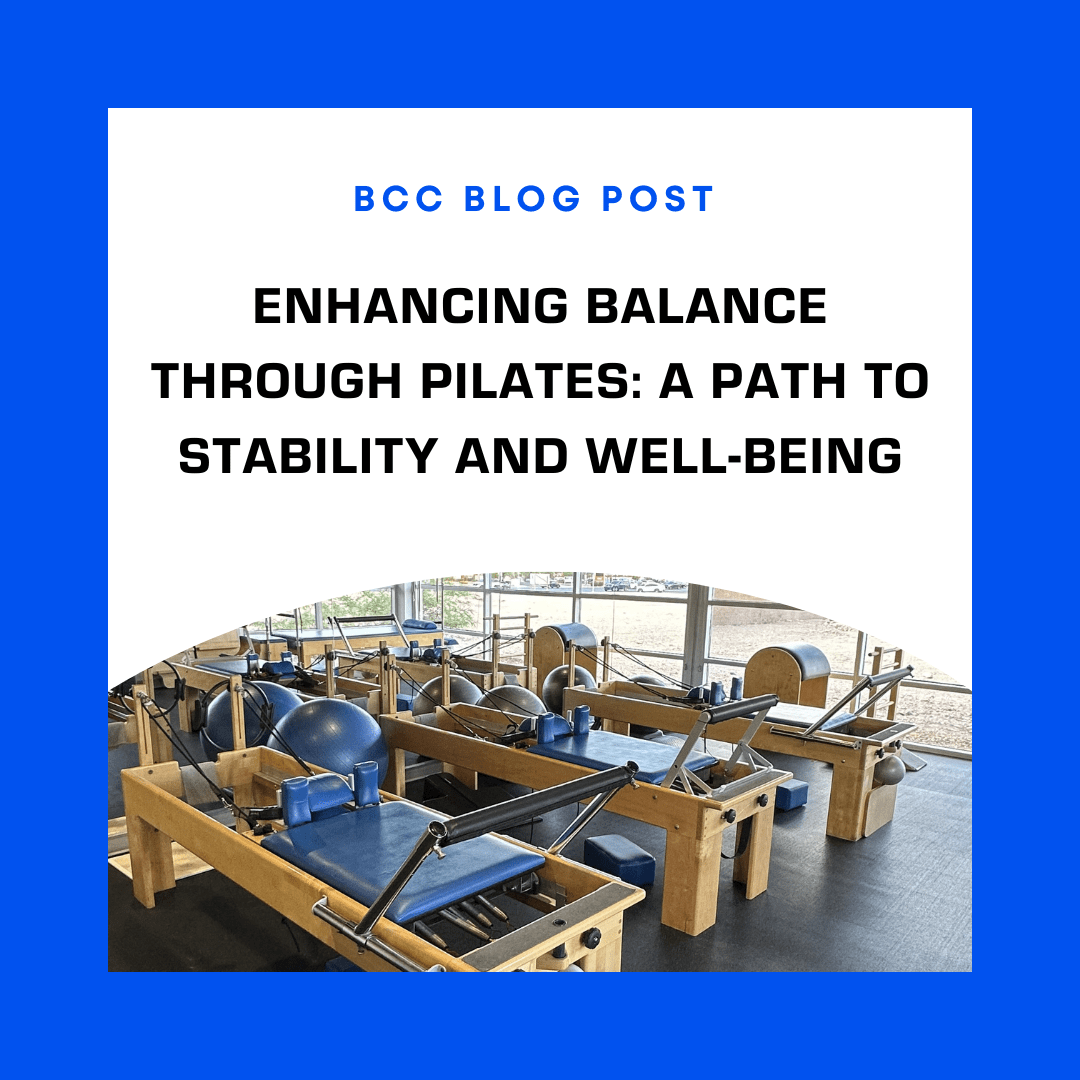Introduction
Balance is a fundamental aspect of physical health that often goes underestimated. It’s not just about standing on one leg without wobbling; it’s about maintaining stability, coordination, and control in all movements. Pilates, a holistic exercise system developed by Joseph Pilates, is renowned for its transformative effects on the body. One of its remarkable benefits is its ability to enhance balance. In this blog post, we will explore how Pilates achieves this and why it’s an excellent practice for individuals seeking improved stability and well-being.
1. Core Strengthening
At the heart of Pilates lies the emphasis on strengthening the core muscles – the deep-seated muscles of the abdomen, back, and pelvis. This is crucial for balance as these muscles are responsible for stabilizing the body’s center of gravity. By systematically targeting the core, Pilates helps individuals develop a strong and supportive center, which forms the foundation for improved balance.
2. Mind-Body Connection
Pilates places a significant emphasis on the mind-body connection. It encourages practitioners to be present in their movements, focusing on precise and controlled execution. This heightened awareness of body positioning and alignment allows individuals to make micro-adjustments in real-time, enhancing their ability to maintain balance in various positions and movements.
3. Proprioception and Spatial Awareness
Pilates exercises often involve intricate movements that challenge proprioception – the body’s ability to sense its position in space. Through exercises like standing balance on an unstable surface or performing controlled movements with closed eyes, Pilates helps refine proprioception, leading to better spatial awareness. This translates to improved balance not only during Pilates sessions but in everyday activities as well.
4. Targeted Muscle Engagement
Pilates exercises are designed to engage specific muscle groups in a controlled and deliberate manner. This precision in muscle activation is crucial for balance. By isolating and targeting specific muscles, Pilates helps individuals develop the strength required to support their body weight effectively, preventing imbalance and falls.
5. Functional Movement Patterns
Pilates is unique in its focus on functional movement patterns – movements that mimic real-life activities. This means that the skills developed in Pilates classes directly translate to improved balance in everyday life. Whether it’s walking, bending, or reaching for objects, individuals who practice Pilates find themselves more stable and controlled in their movements.
Conclusion
Incorporating Pilates into your fitness routine can be a game-changer for balance and overall well-being. Its holistic approach, emphasizing core strength, mind-body connection, proprioception, targeted muscle engagement, and functional movement patterns, provides a comprehensive framework for improving stability. As you embark on your Pilates journey, remember that consistency and patience are key. With dedication, you’ll not only witness enhanced balance but also experience a profound transformation in your physical and mental well-being. So, step onto the mat and discover the incredible benefits of Pilates for yourself!





